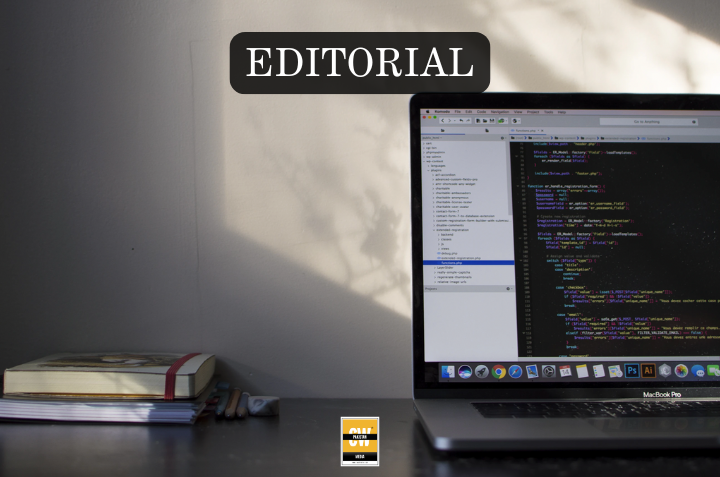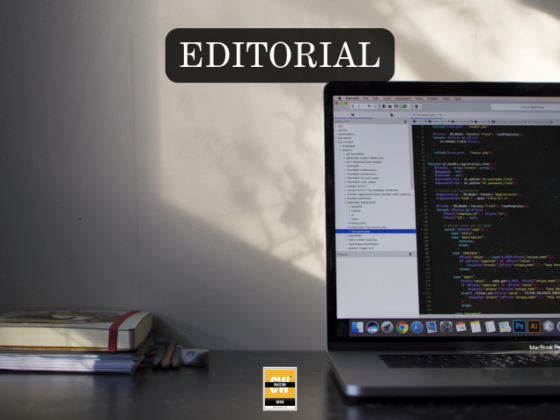Pakistan’s vast history, a rich tapestry woven from the ancient Indus Valley Civilization to the Mughal Empire, is home to some of the world’s most remarkable cultural treasures. Yet, much of the nation’s historical legacy is at risk. From ancient manuscripts to architectural sites, Pakistan’s cultural heritage faces deterioration due to the ravages of time, neglect, and environmental factors. As the country stands on the precipice of modernity, the question of preserving its past becomes more urgent than ever. While traditional methods of preservation—such as careful conservation and environmental control—remain vital, they are increasingly insufficient to safeguard the nation’s historical treasures. The emergence of digital preservation presents a potential solution, one that promises not just protection, but also accessibility. But with this promise comes a set of complex challenges.
Pakistan’s story is deeply embedded in its land, seen in the remains of ancient cities like Mohenjo-Daro, Taxila, and Lahore Fort, which offer glimpses into civilizations that were once thriving hubs of culture, knowledge, and commerce. Yet these landmarks are now crumbling, exposed to the elements, urbanization, and neglect. Mohenjo-Daro, a UNESCO World Heritage Site, faces increasing degradation due to climate change, and the absence of consistent maintenance threatens its integrity. Similarly, manuscripts scattered across Pakistan’s libraries are endangered, their fragile pages deteriorating in humid, poorly controlled environments. It is against this backdrop that digital preservation presents a lifeline. By digitizing cultural artifacts—whether historical texts, archaeological relics, or ancient ruins—the country can safeguard its heritage from further loss. Digital records, stored on secure cloud systems, can ensure that even the most fragile pieces of history are protected against natural disasters, political instability, or simple wear and tear. More than just preserving these objects, digital technologies make them accessible on a global scale, allowing scholars, students, and the general public to engage with these materials without needing to travel to remote locations.
This transformation has already begun in Lahore Fort’s Akbari Mahal Kutab Khana, where a long-neglected storeroom yielded nearly 20,000 archival files, 10,000 photographs, and thousands of fragile glass plates. For decades, the collection had been left to dust and decay until the Walled City of Lahore Authority intervened. With the help of local universities and international experts, the material was carefully cleaned, catalogued, and digitized. Over two million pages, including colonial gazette notifications, excavation reports, and museum records, were scanned and preserved. What had once been at risk of vanishing has now become Pakistan’s first structured digital catalogue of such archives. For the first time, researchers, students, and ordinary citizens will be able to access a body of work that had been hidden away, demonstrating how technology can breathe new life into forgotten history.
One of the most significant advantages of digital preservation is that it allows us to store and share historical data at an unprecedented scale. Through technologies like 3D scanning, high-resolution photography, and virtual reality, objects that once existed only in fragile physical form can be replicated with remarkable accuracy. Digital images and 3D models allow researchers to study artifacts without exposing them to the risks of handling or the deterioration caused by time. This is especially important for sites like Taxila and Mohenjo-Daro, which have historically been difficult to access and often vulnerable to environmental and political threats. Now, these sites can be explored remotely, allowing both academic research and public engagement from around the world. At the same time, ancient Sufi manuscripts, some of which date back centuries, are being digitized and made available online, allowing scholars and spiritual seekers to engage with these texts without risking further damage to the fragile originals.
Across the country, museums and libraries are beginning to implement digital catalogs of their collections, offering access to historical materials that were previously locked away in archives and vaults. High-resolution digital images of ancient coins, paintings, and sculptures are now available, ensuring these artifacts can be studied and shared with the world. The Punjab Digital Library has digitized over 100,000 documents and continues to expand its collection of rare books and manuscripts, while the Sindh Archives is working on preserving records from the British Raj and early Pakistan. The Citizens Archive of Pakistan, with its focus on oral histories, has captured the voices of those who lived through partition and migration, building a people’s history to complement official records. The Aga Khan Development Network has also built digital archives of its historical documents and images, tying cultural preservation into its development work across South and Central Asia.
Despite the clear benefits of digital preservation, challenges remain. Financial constraints are a significant barrier to digitization. The costs of high-resolution scanning, storage infrastructure, and software to manage digital archives are considerable. Without sustainable funding or institutional support, rural libraries and smaller institutions may struggle to initiate or maintain such projects. Moreover, digital literacy remains a challenge, even in some urban centers. For rural libraries, building the infrastructure to not only digitize their collections but also to make them accessible and usable to the local population can be an additional hurdle. There is also a risk that the tangible experience of interacting with physical heritage might be lost. The act of physically handling a century-old manuscript or exploring a heritage site in person carries emotional and cultural significance that a digital reproduction cannot fully capture. As digital initiatives grow, a balance must be struck between the physical and digital preservation of heritage. Digitization, while offering access and security, should not replace the physical preservation and experiential engagement with historical objects.
Nevertheless, the future of Pakistan’s cultural heritage rests on embracing both digital preservation and traditional methods. With adequate funding, support from both public and private sectors, and improved technological infrastructure, libraries and institutions across Pakistan can thrive as part of a broader effort to preserve the nation’s cultural legacy for future generations. In the coming years, Pakistan must continue to invest in digital infrastructure, expand internet access to rural areas, and promote digital literacy across the country. These initiatives are vital for ensuring that digital preservation efforts are not confined to urban centers but extend to all corners of the country. Through collaboration between government, non-profit organizations, and international partners, Pakistan can ensure the protection and sharing of its rich cultural heritage, making it accessible for all, regardless of geography.
Follow the SPIN IDG WhatsApp Channel for updates across the Smart Pakistan Insights Network covering all of Pakistan’s technology ecosystem.





